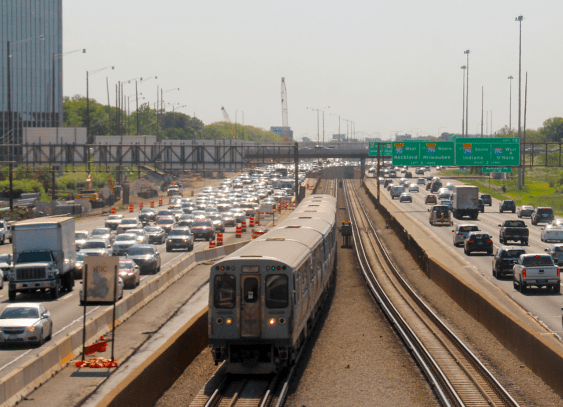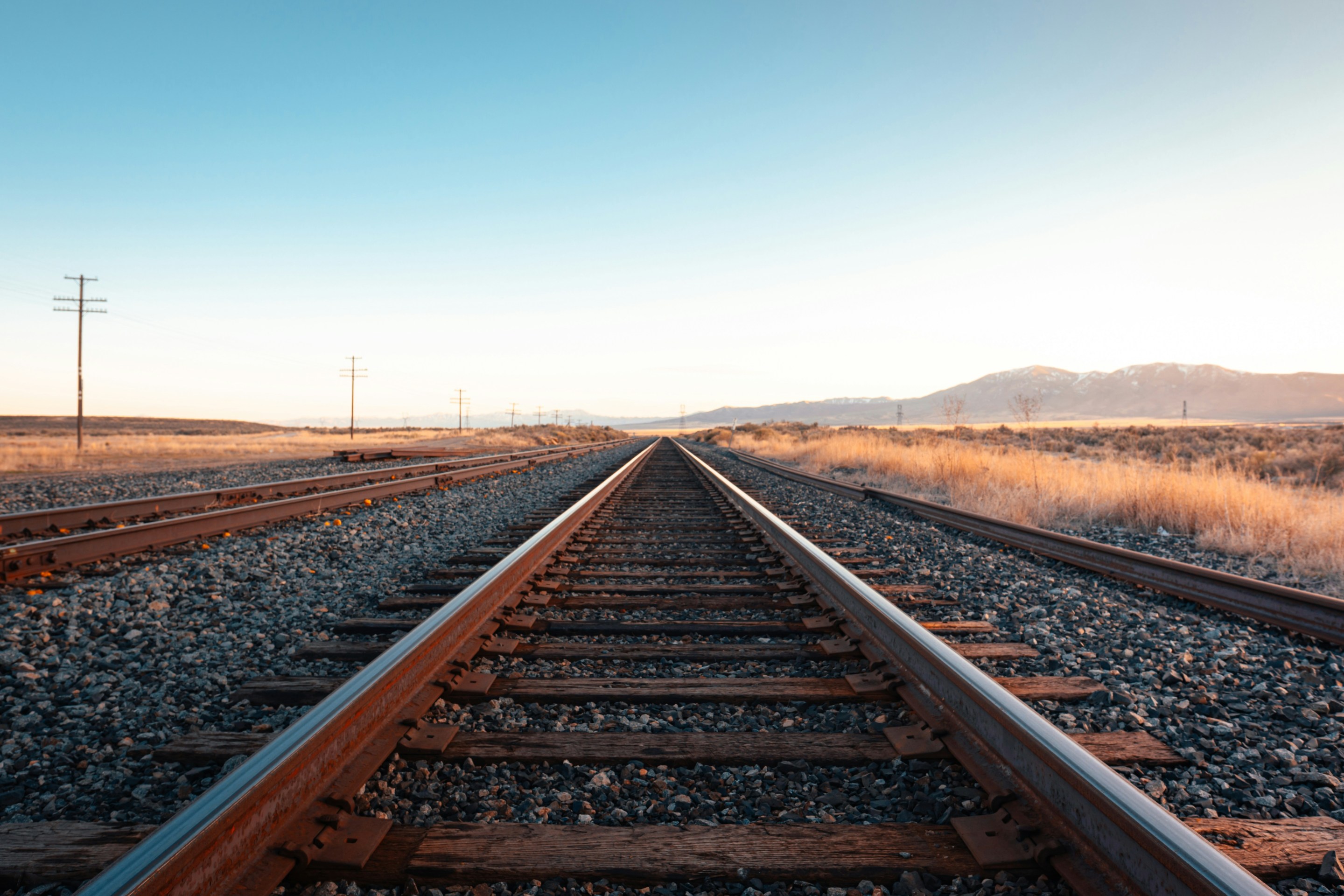
Michael Andersen blogs for The Green Lane Project, a PeopleForBikes program that helps U.S. cities build better bike lanes to create low-stress streets.
Here are a few images from Austin bikeway engineer Nathan Wilkes that show how a protected lane can cheaply add a lot of value to a larger project.
The bicycle and pedestrian bridge over Little Walnut Creek, visible in the top right background above, officially opened Monday after 17 years of planning. It created a direct link between Hart Elementary School and the residential neighborhood to the north -- but the link also required pedaling on a wide street that many people would see as unsuitable for children.
The new bidirectional protected bike lane, Wilkes wrote in an email, "is on both sides of the bridge and makes seamless transitions between on and off-street infrastructure." The 1.1-mile biking improvement cost $20,000, compared to $1.2 million for the bridge itself.
Planning for the protected lane started in January, and installation took four days.
Here's what the kids' new route to school looks like:
Gaye Fisher, a nearby resident, said she had been the bike lane project's "biggest skeptic" when she heard about it, believing it would always be unsafe for elementary schoolers to bike on these streets. But after the lanes were installed last weekend, she said, she changed her mind.
"The posts that divide the bike lanes from the major traffic, they tell people to slow down and respect the space," she said. "It looks great."
You can follow The Green Lane Project on Twitter or Facebook or sign up for its weekly news digest about protected bike lanes.






